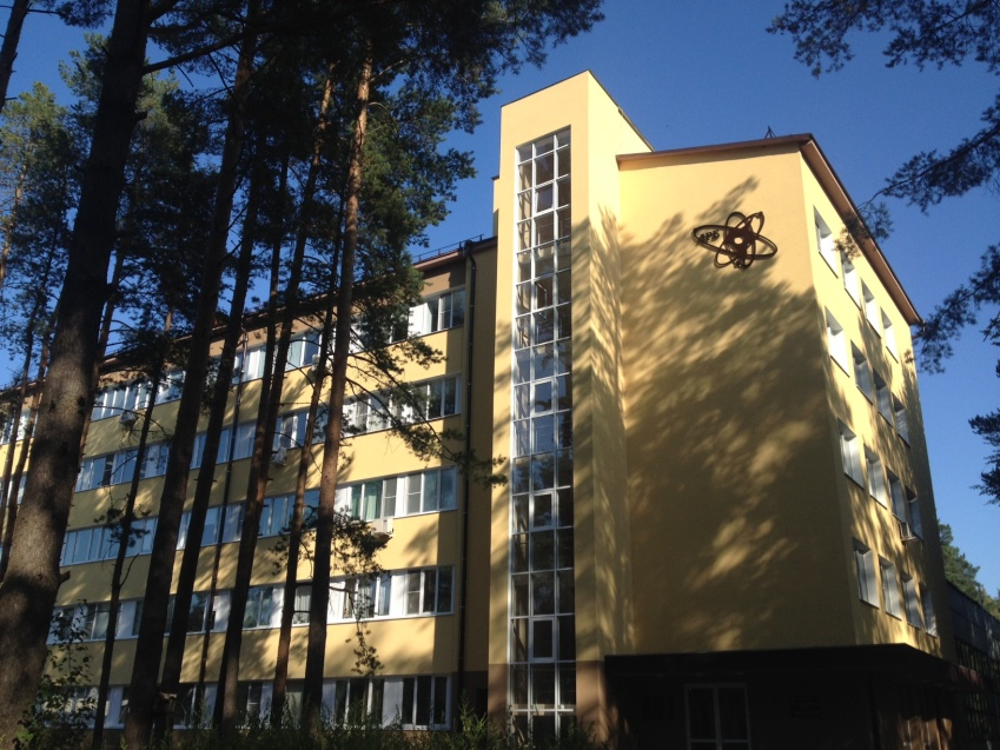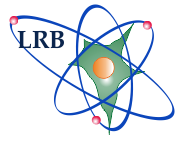
Laboratory of Radiation Biology, Joint Institute for Nuclear Research
Dubna, Moscow Region, 29 – 30 March 2010
Nuclear physics facilities of the Joint Institute for Nuclear Research (JINR) offer opportunities that are unique over Russia for studying the effect of multi-component and wide-spectrum radiation on biological and electronic systems. Heavy charged particle beams of the upgraded Nuclotron allow modeling the whole composition and spectrum of the solar cosmic rays (SCR) and galactic cosmic radiation (GCR). The upgraded IBR-2 pulsed reactor, IREN facility, and 660-MeV phasotron will soon open broad new opportunities for studying the effect of neutrons in a wide energy range. JINR has equipment and experience necessary for performing neutron structure analysis of biological and solid state objects on micro- and nanolevels.
The following issues will be discussed:
- Modeling the effect of heavy charged particles of the SCR and GCR on biological objects at the cellular, tissue, and organism levels.
- Using heavy charged particle beams for malignant tumor therapy.
- Modeling radiation damage and failures of microelectronic elements induced by cosmic radiation
It is planned to discuss a possibility of the establishment of a collaboration of interested organizations for the development of a research program in the above-mentioned fields and define approximately the conditions necessary for its realization at JINR's basic facilities.
Download the information letter (in Russian)
Download a booklet (in Russian)
ORGANIZER:
Laboratory of Radiation Biology, JINR
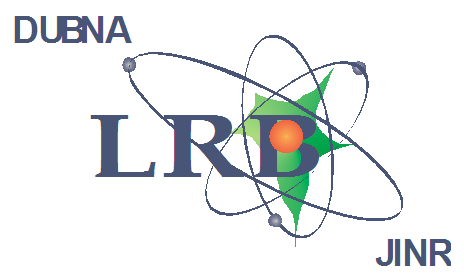
PARTICIPANTS:
- Joint Institute for Nuclear Research
- Institute of Medical and Biological Problems, Russian Academy of Sciences (RAS)
- Institute of Nuclear Physics, Moscow State University
- Emanuel Institute of Biochemical Physics, RAS
- Institute of Molecular Genetics, RAS
- Institute of Space Research, RAS
- Innovation and Manufacturing Enterprise "Praktika" Ltd.
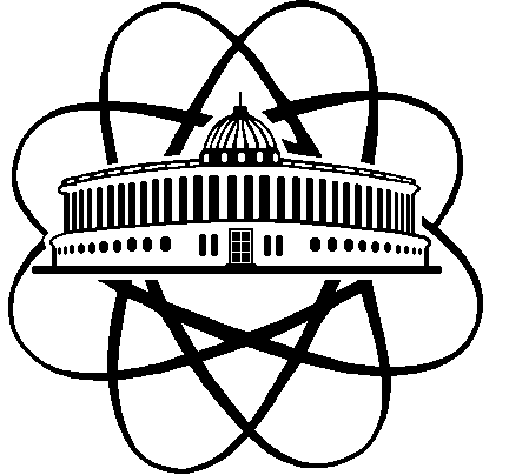  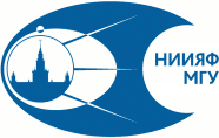 
 
CONTACTS:
Joint Institute for Nuclear Research, 141980 Dubna Moscow Region, 6 Joliot-Curie str.
Scientific Secretary of the workshop: Oleg Belov; e-mail: dem@jinr.ru.
AGENDA
Sunday, 28 March |
| |
Arrival and registration of the participants. |
| |
Monday, 29 March
|
| |
Chairs: Acad. RAS M.A. Ostrovsky;
Prof. S.A. Limborskaya |
| 1000-1015 |
Opening. Welcome address by the JINR Director A.N. Sissakian, Acad. RAS |
| 1015-1035 |
G.V. Trubnikov (JINR)
The Nuclotron – NICA project |
| 1035-1055 |
V.A. Skuratov (JINR)
Applied research opportunities at the accelerators of the Laboratory of Nuclear Reactions |
| 1055-1115 |
V.N. Shvetsov (JINR)
Neutron beams of the facilities at the Laboratory of Neutron Physics |
Coffee-break |
| |
Chairs: RAS Corr. Member I.B. Ushakov;
Prof. I.G. Mitrofanov |
| 1145-1215 |
E.A. Krasavin (JINR)
Radiobiological research at JINR's accelerators |
| 1215-1245 |
M.A. Ostrovsky (Institute of Biochemical Physics, RAS; JINR)
The effect of heavy charged particles on eye structures (the retina and lens) |
| 1245-1315 |
I.G. Mitrofanov (Institute of Space Research, RAS)
Cooperation between JINR and the Institute of Space Research, RAS in studying planets by nuclear physics methods |
Lunch |
| |
Chairs: Prof. M.I. Panasiuk;
Prof. E.A. Krasavin |
| 1500-1530 |
I.B. Ushakov, A.S. Stemberg (Institute of Medical and Biological Problems, RAS)
Radiation physiology of higher nervous activity |
| 1530-1600 |
G.V. Mytsin (JINR)
JINR Phasotron-based hadron cancer therapy |
| 1600-1630 |
M.I. Panasiuk (Institute of Nuclear Physics, Moscow State University)
Radiation-induced failures of spacecraft electronics: specifics of the space radiation fields and problems of modeling the medium and nuclear physics effects in microchips |
| 1630-1845 |
General discussion
Moderators:
M.A. Ostrovsky, Acad. RAS
I.B. Ushakov, RAS Corr. Member
Prof. M.I. Panasiuk
Prof. E.A. Krasavin |
1900 Stand-up party |
| |
| Tuesday, 30 March |
| 1000-1200 |
General discussion
Memorandum signing |
Workshop closure |
JINR invites you to take part in this workshop.
|
|

